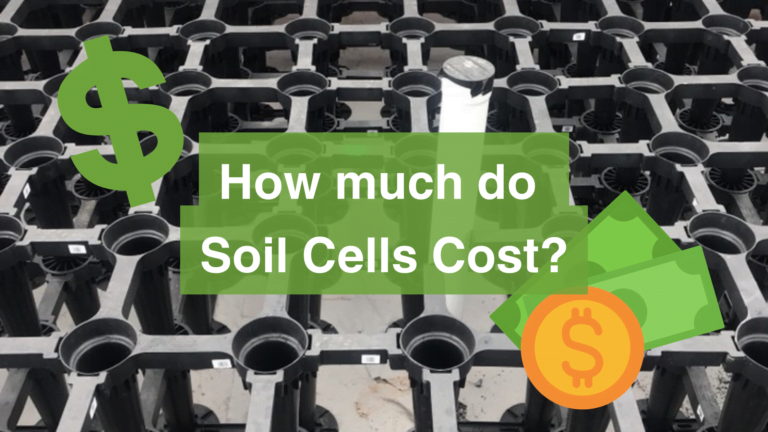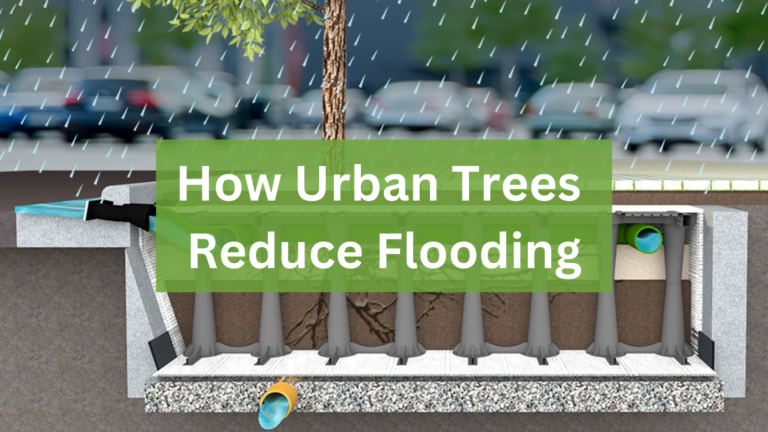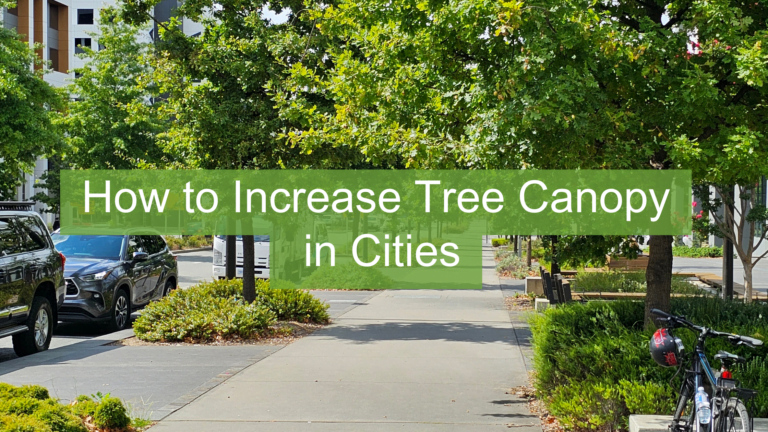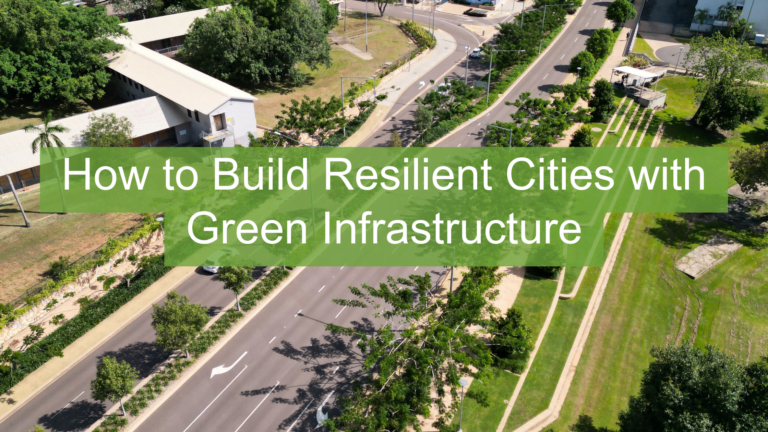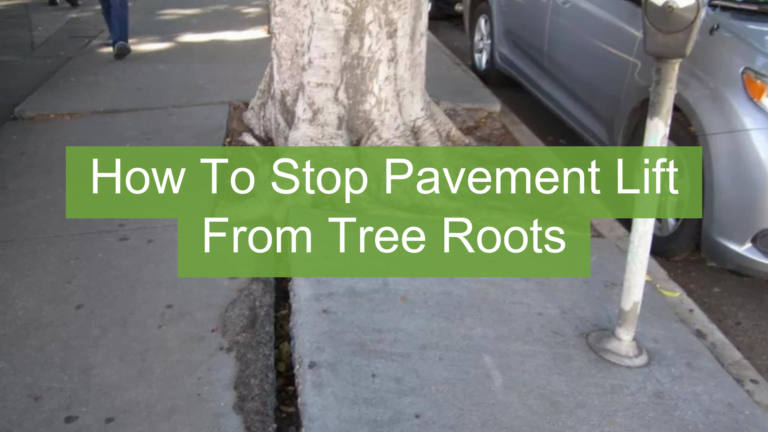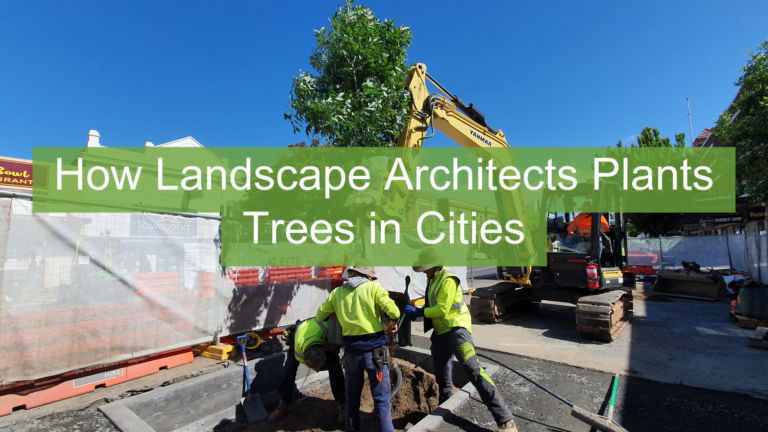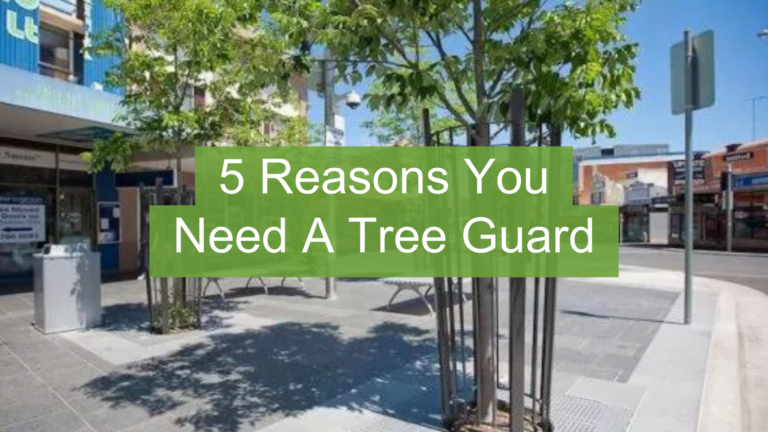Green Infrastructure is seen as expensive when compared to traditional grey infrastructure. But with the increase of green infrastructure technology is this actually the case? A study comparing the actual project costs to typical costs for conventional development found that 11 out of 12 diverse projects with direct cost comparisons between conventional and green infrastructure... Continue reading→
“Great customer service, quick response times and a very in depth QA system with constant support.”
“Citygreen is a very professional business, and I found everything was great in terms of deliveries, product supply and information. It was all forthcoming and helped us to complete the project.”
“Citygreen offered training and invaluable technical assistance during the works.”
“Our experience, in working with a Citygreen Design Studio was second to none. We found responses from the design studio to be very timely, and technically thorough. We went backwards and forwards a number of times, looking at different iterations of the design and, nothing was too much trouble to examine and explore different possibilities. I would highly recommend the Citygreen Design Studio to any future client considering using your services.”
“We are big on compliance on all projects, and the fact that their SmartCertify cloud platform covers all bases, and supports their 20 year warranties, is critical – especially that these pits are being installed under roadways and footpaths.”
"I reviewed all the previous projects that we have installed in the past couple years using your product and I can happily report back that we have 0% mortality in the soil cells, which is incredible!"


